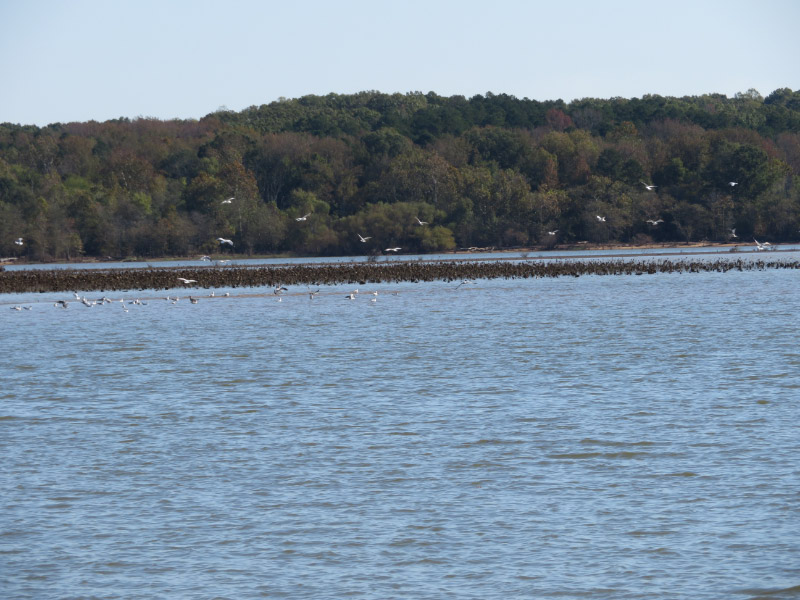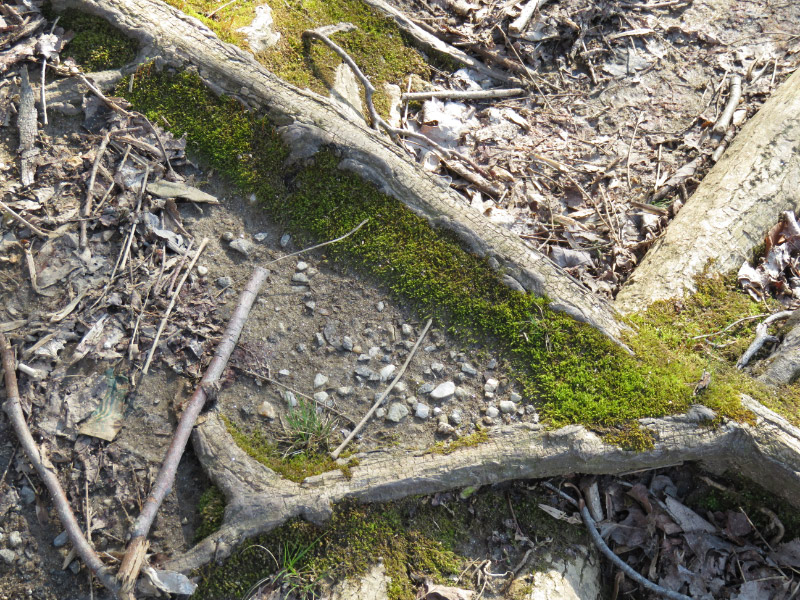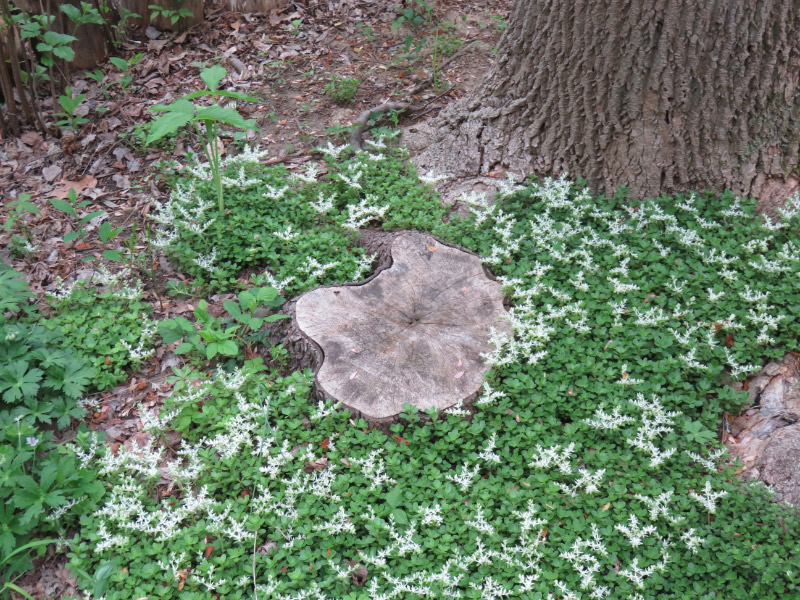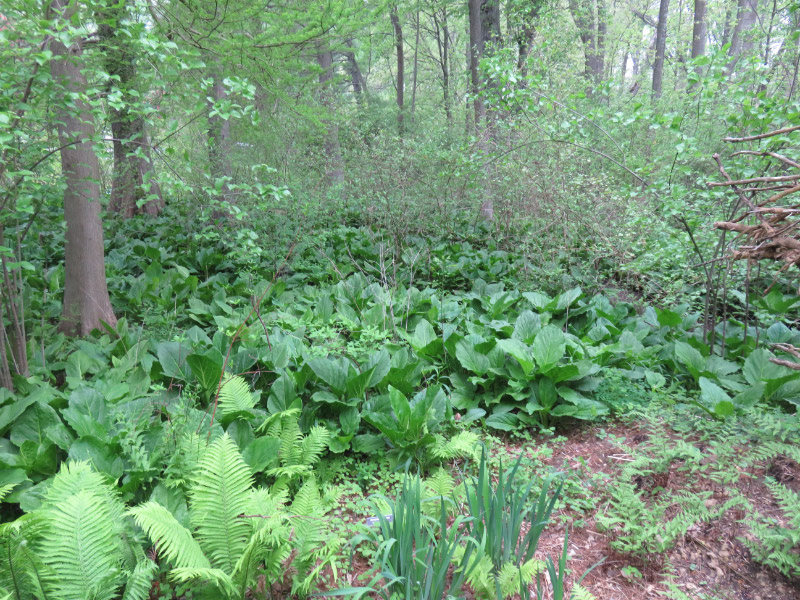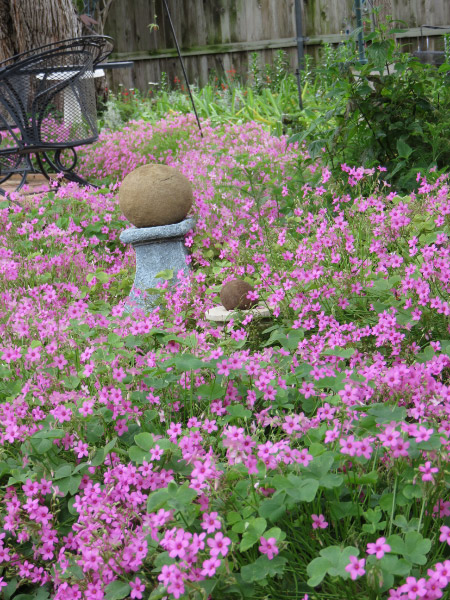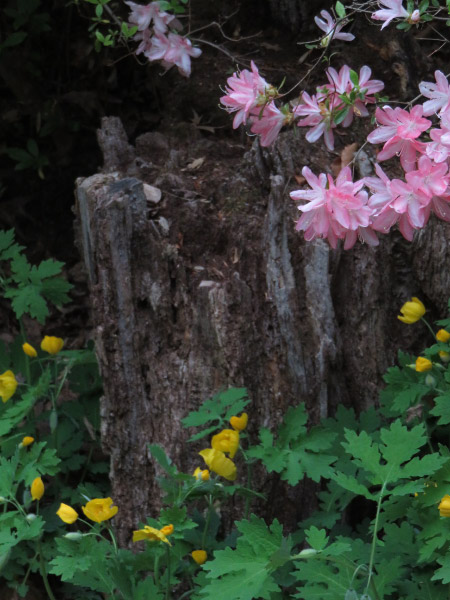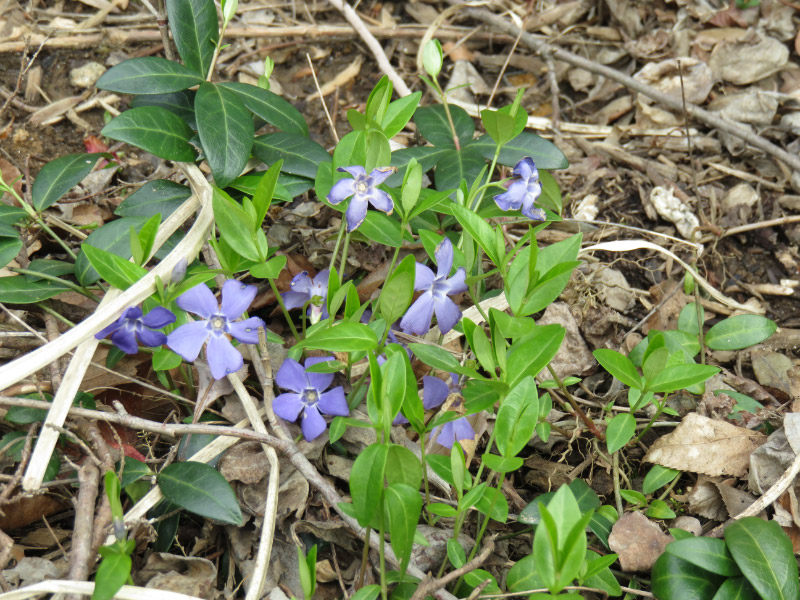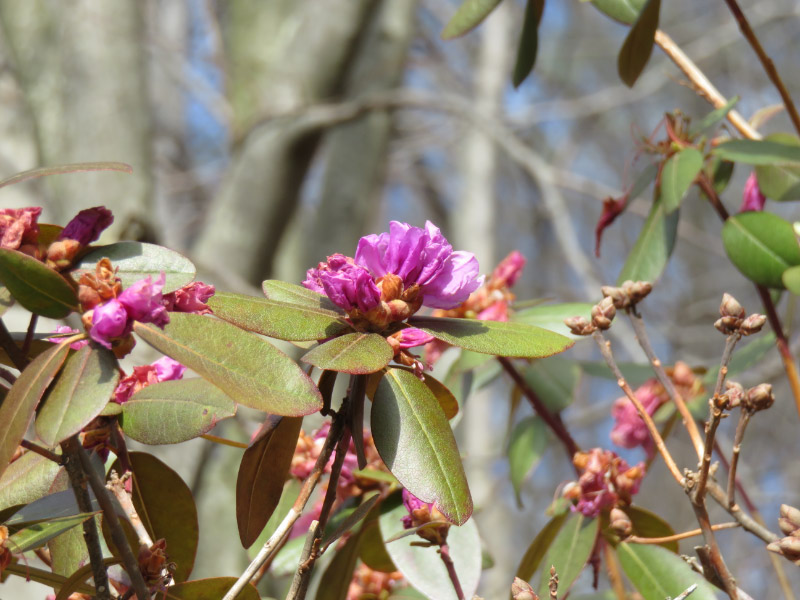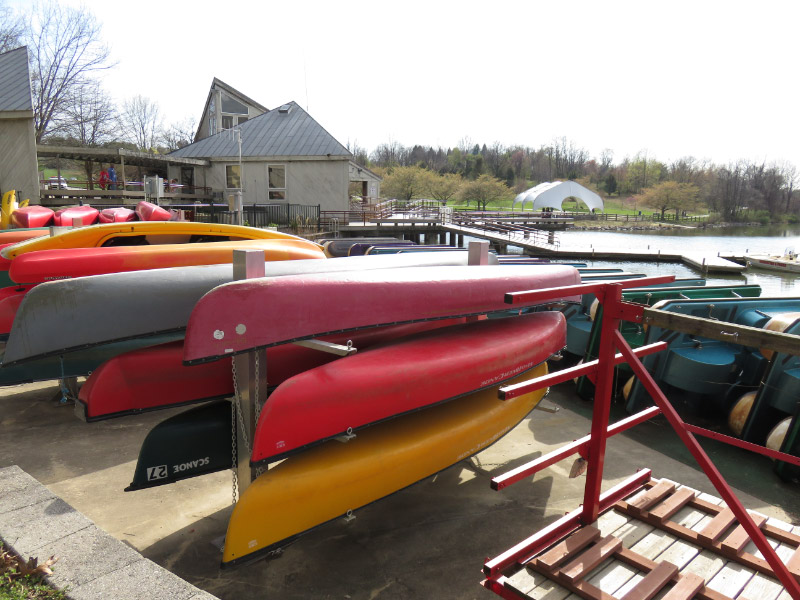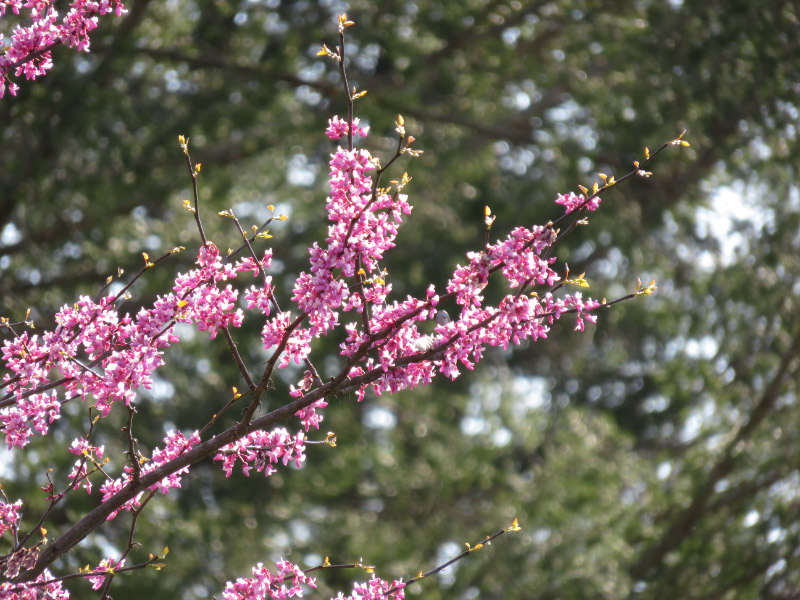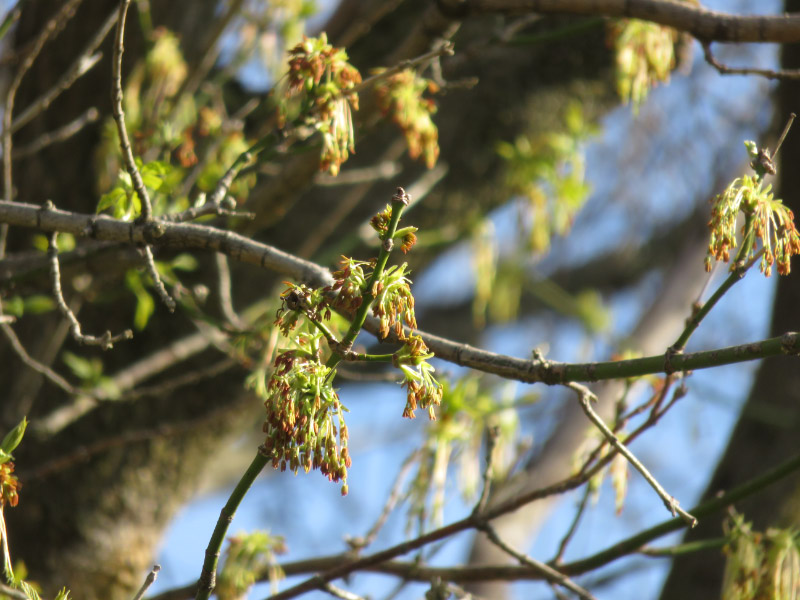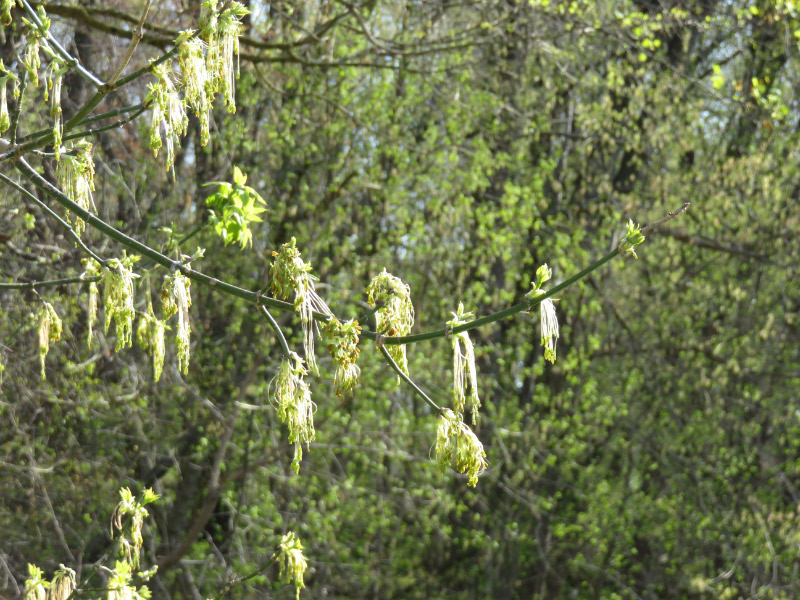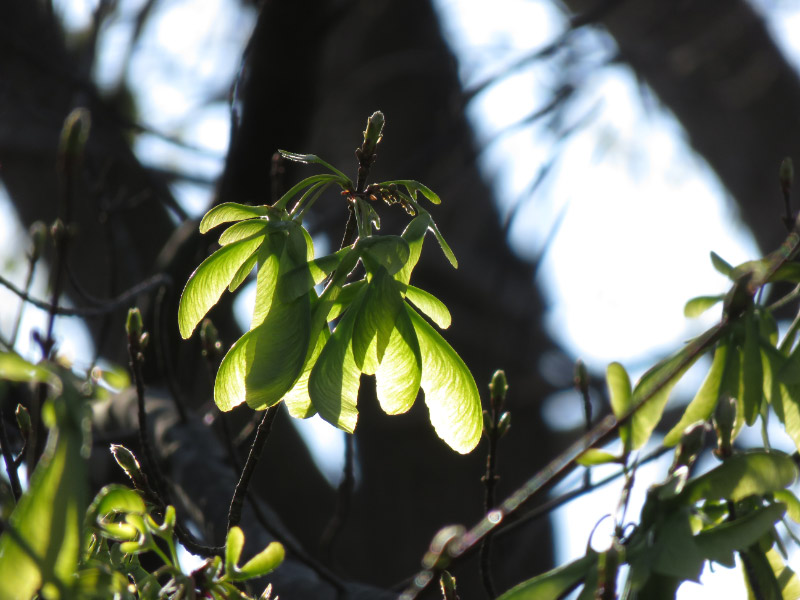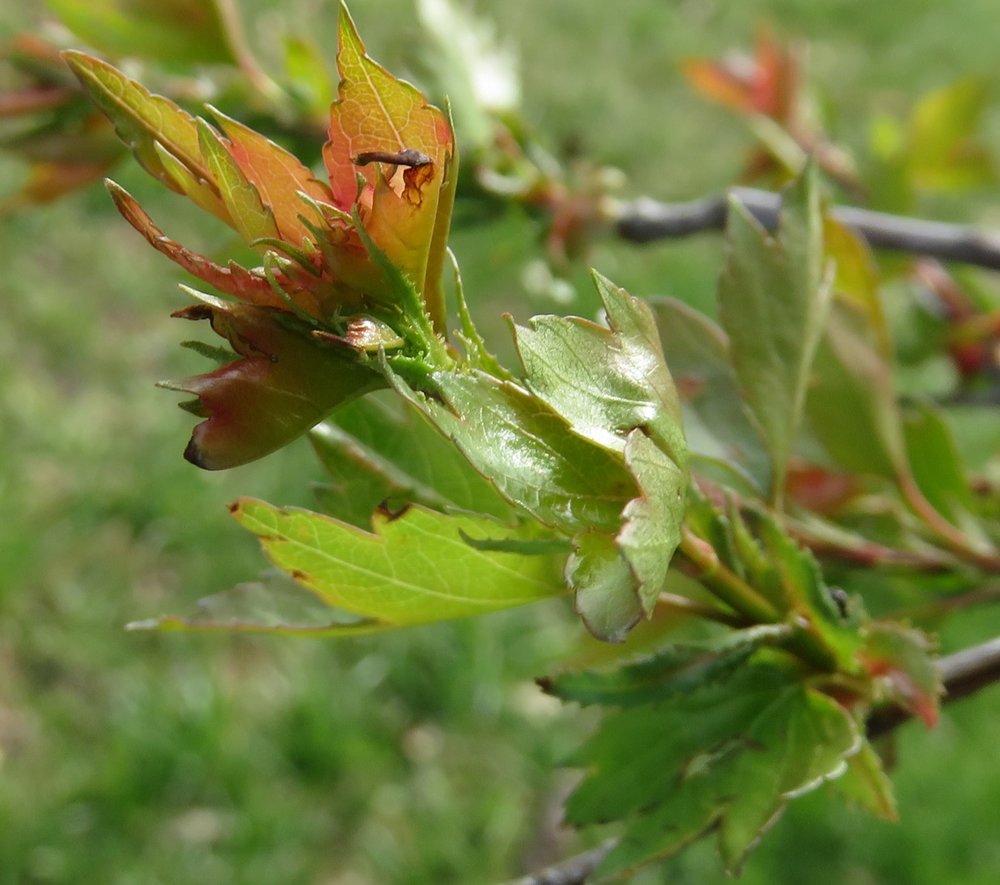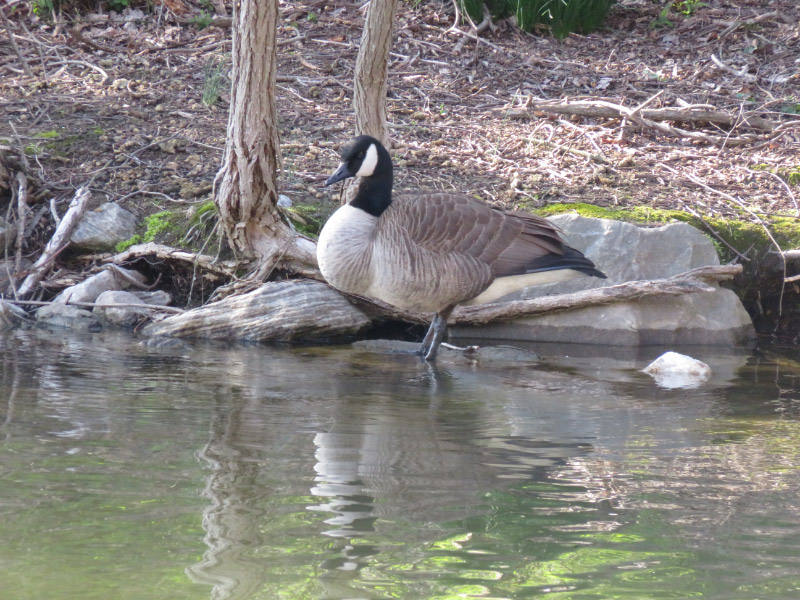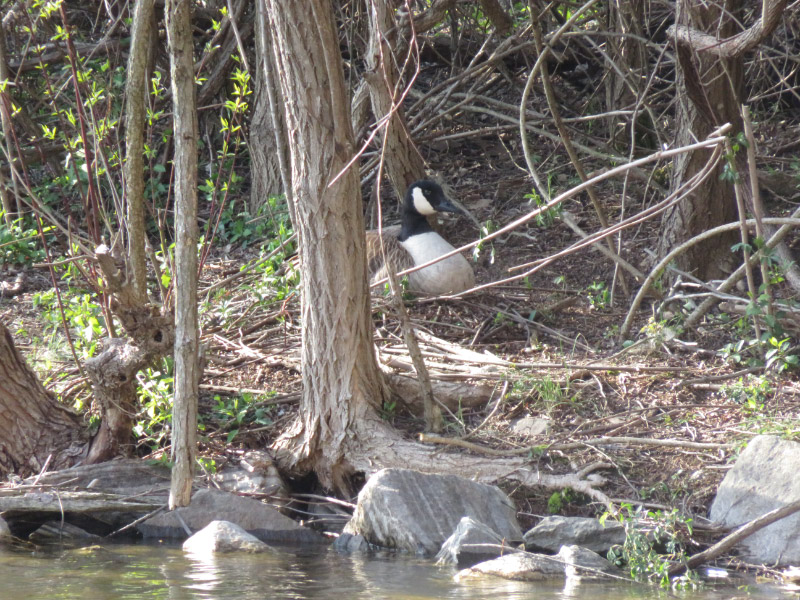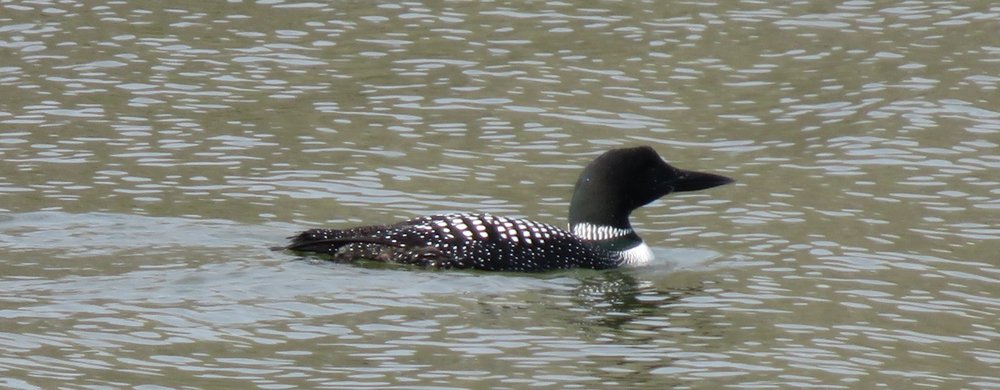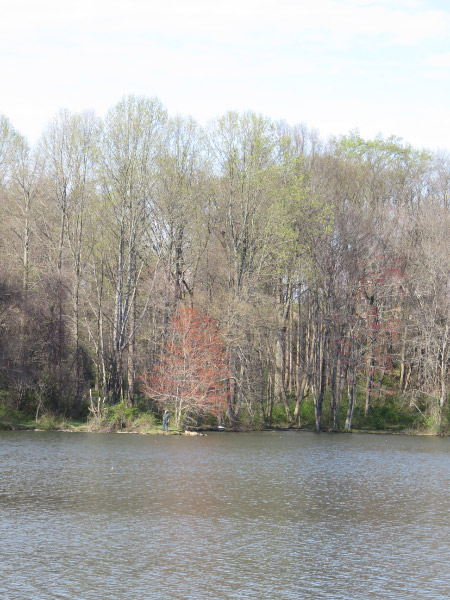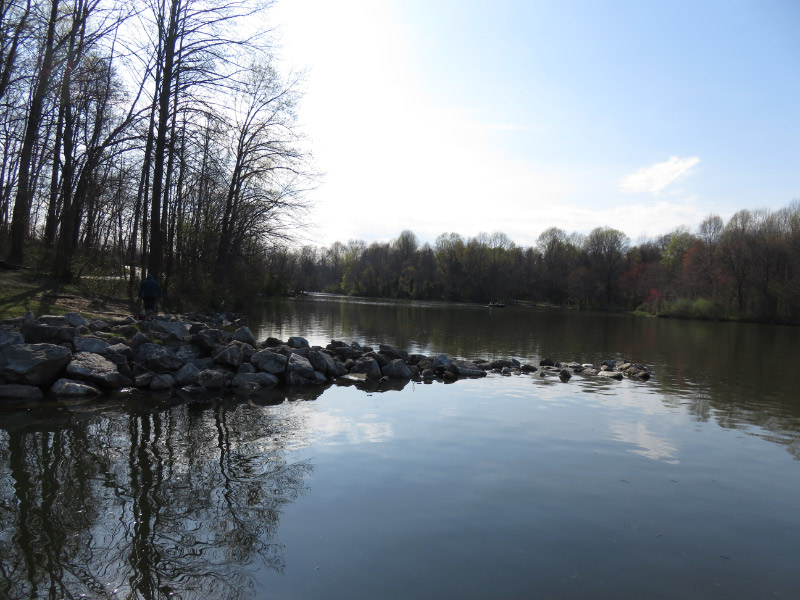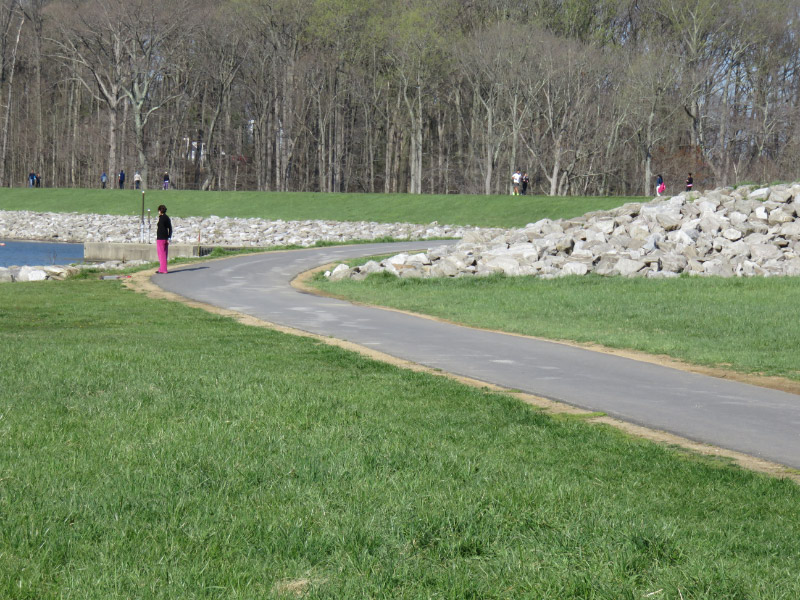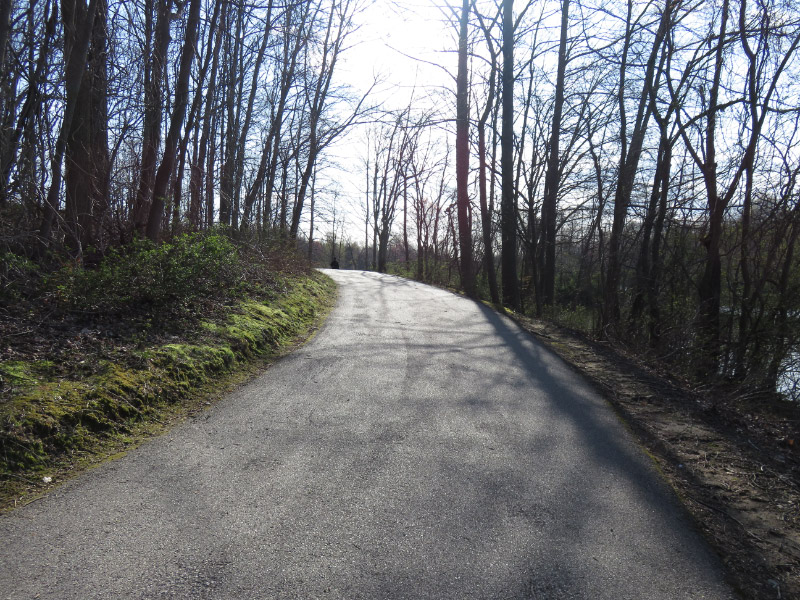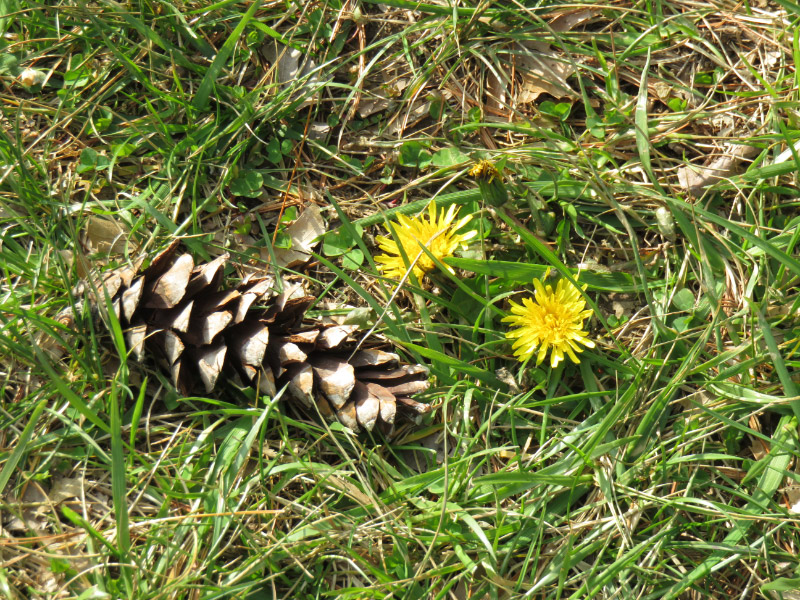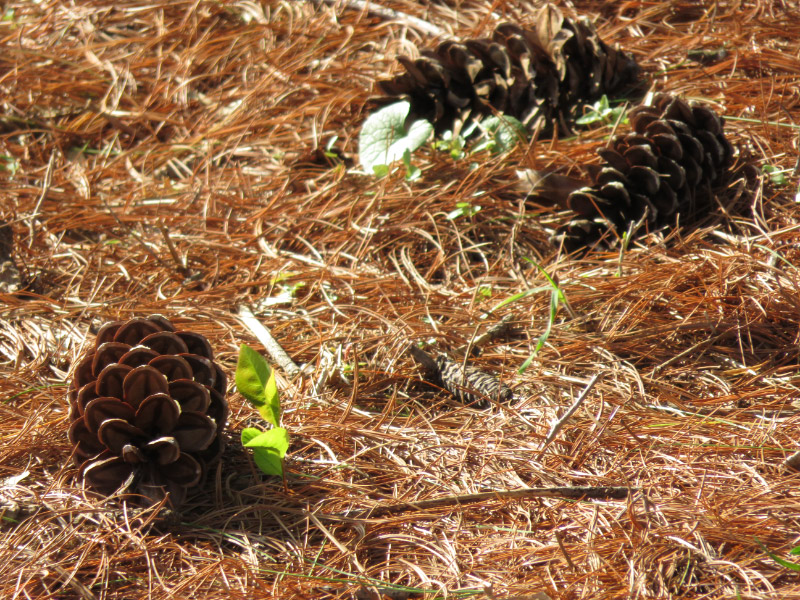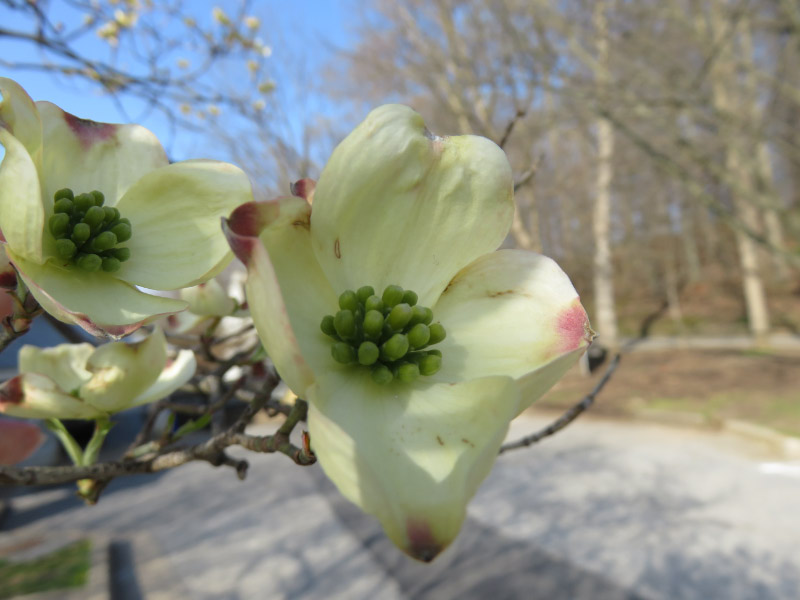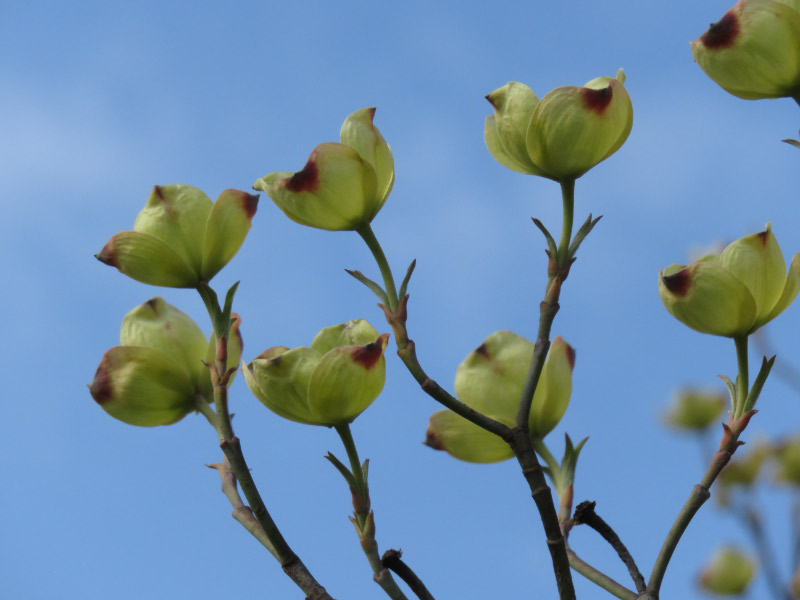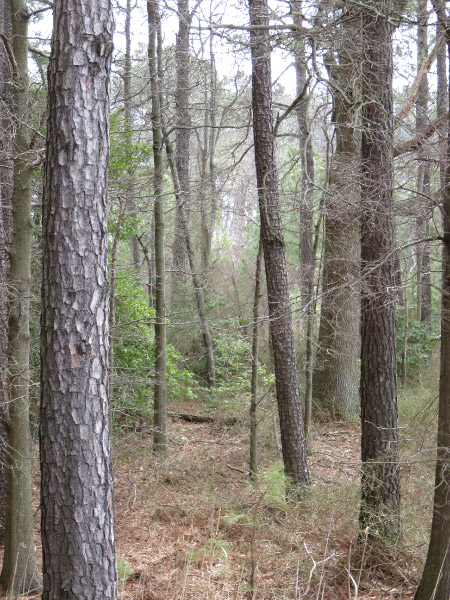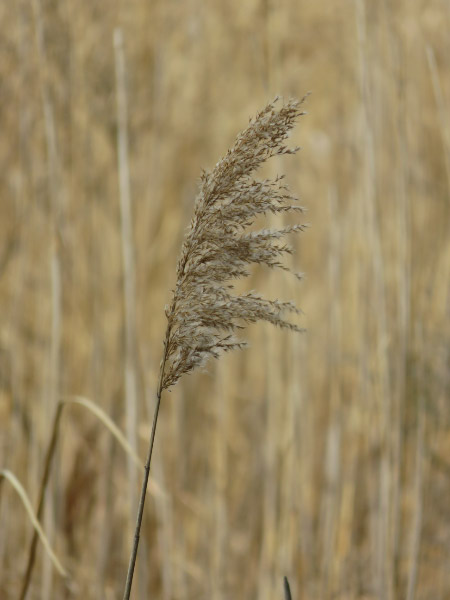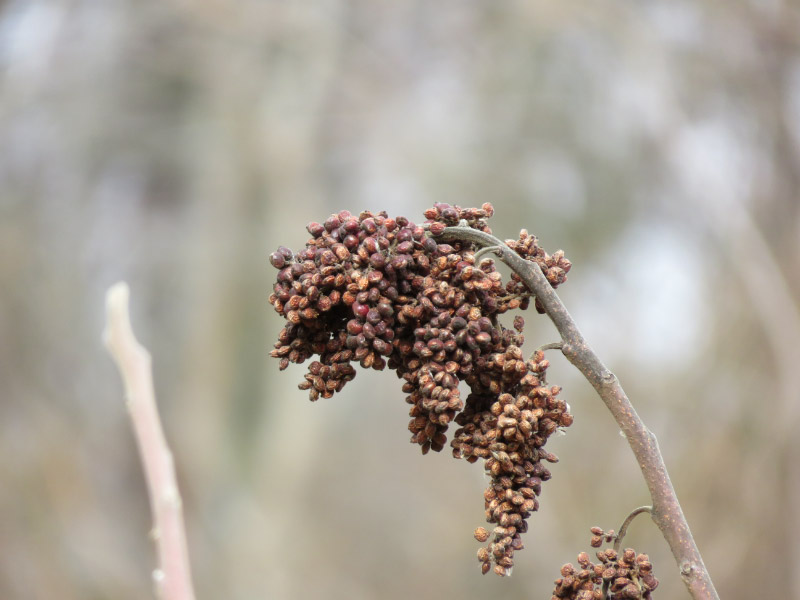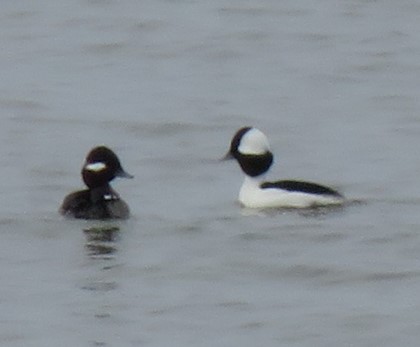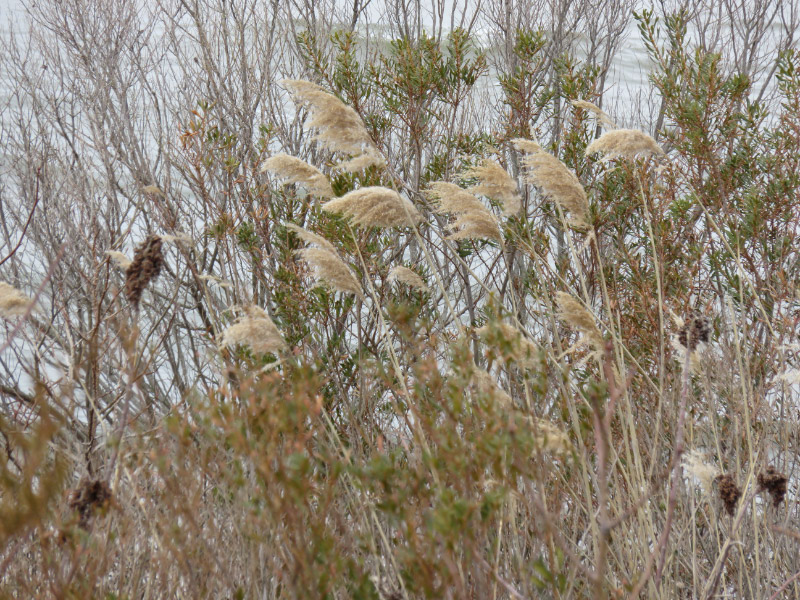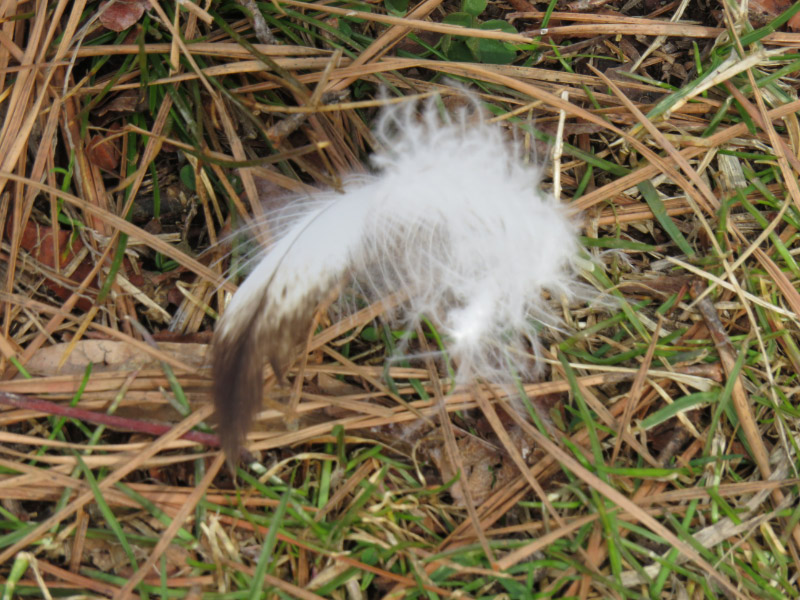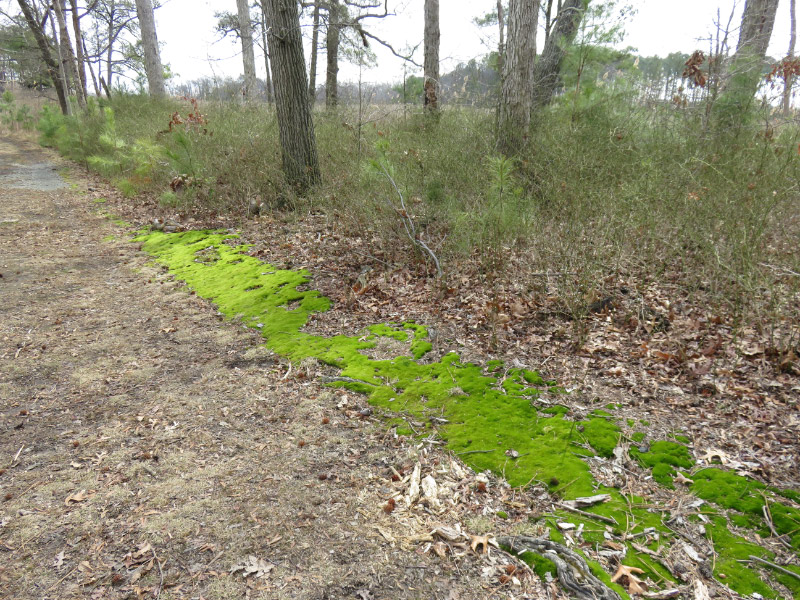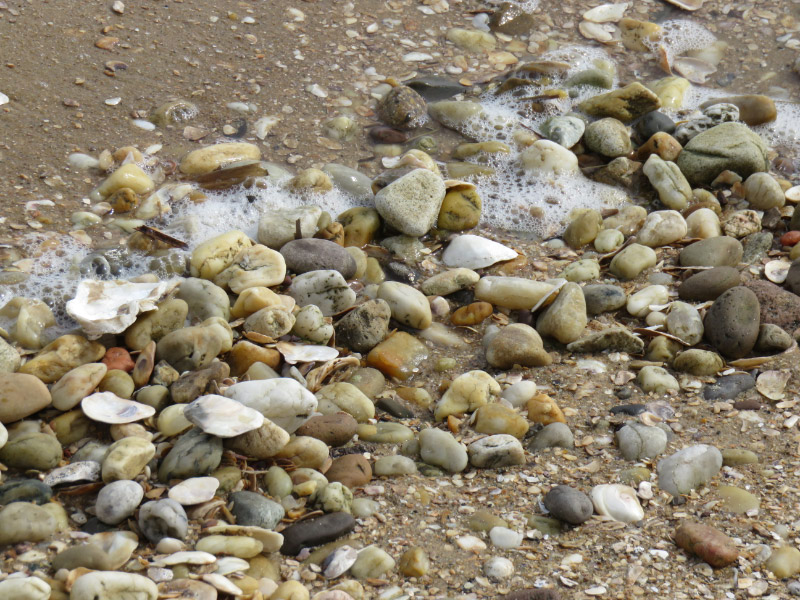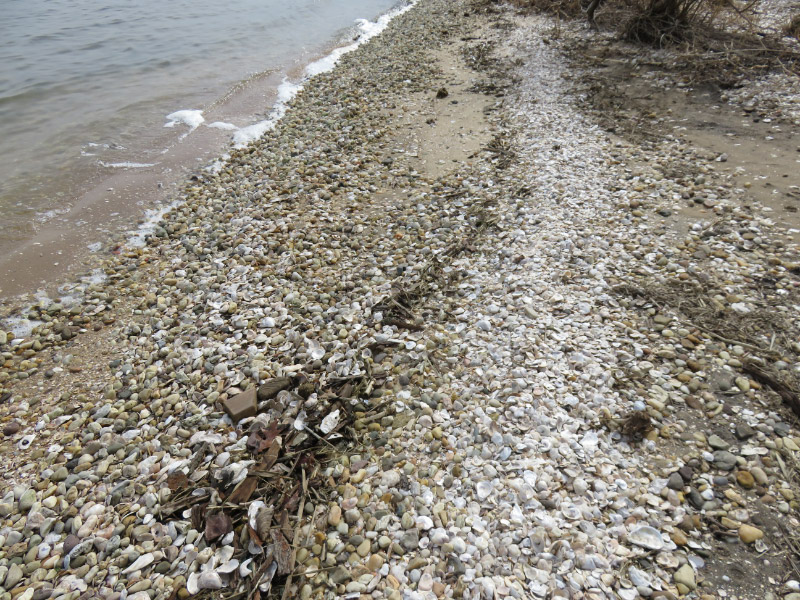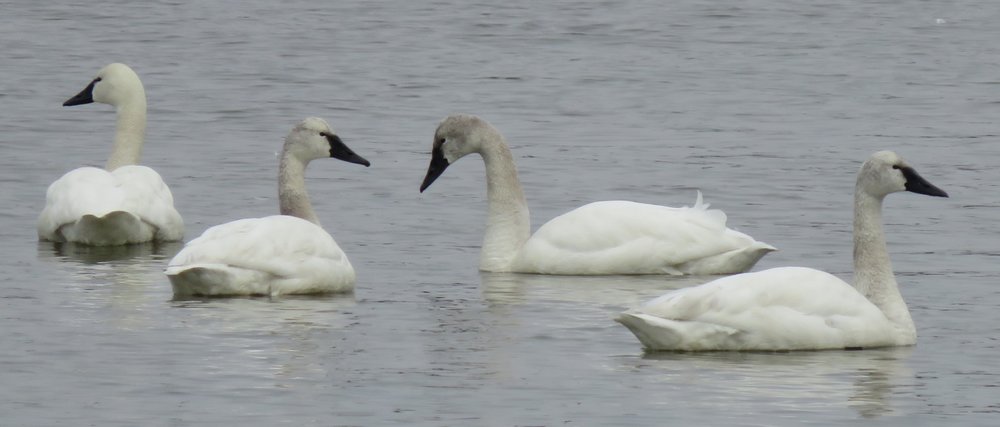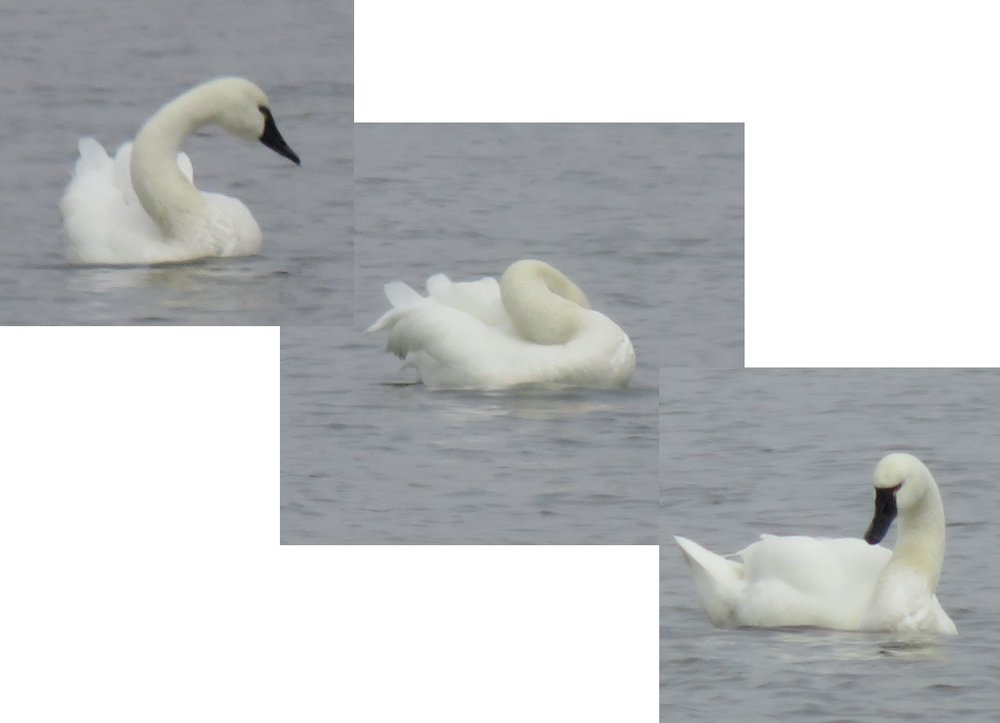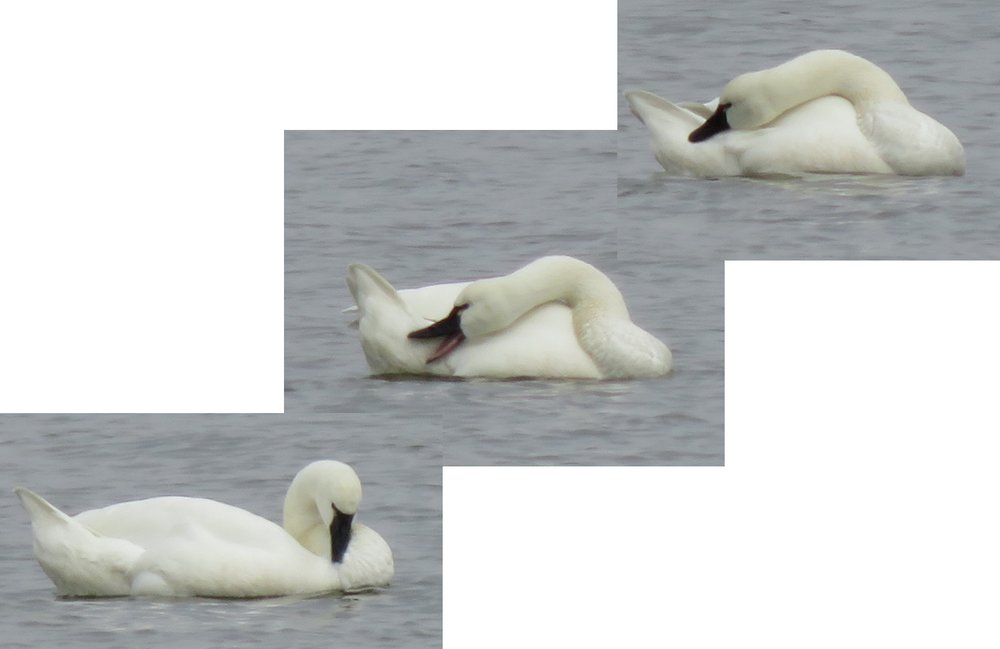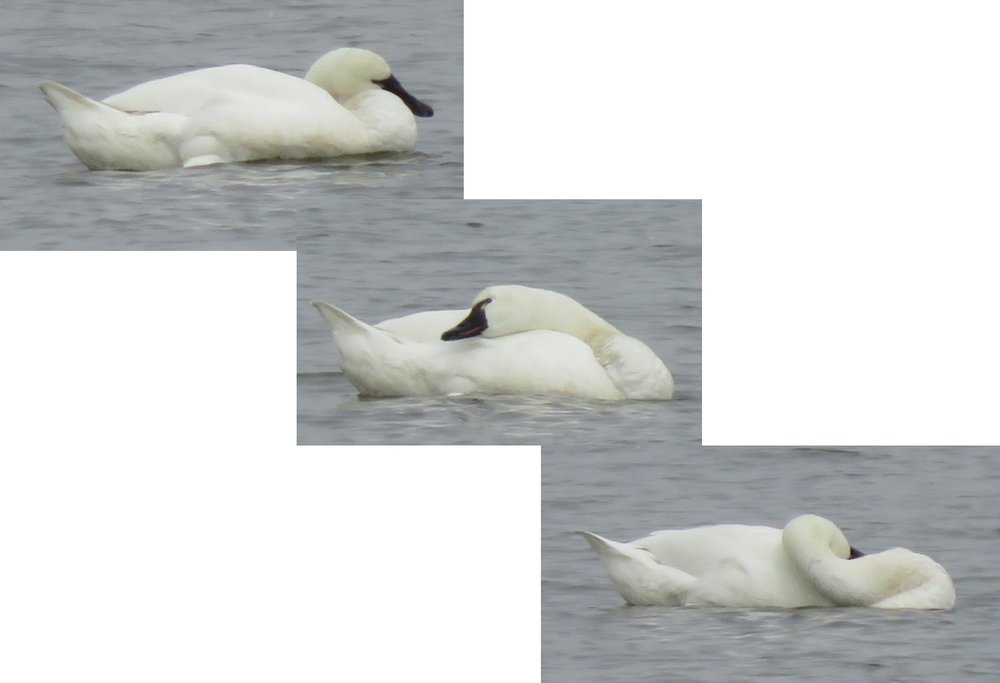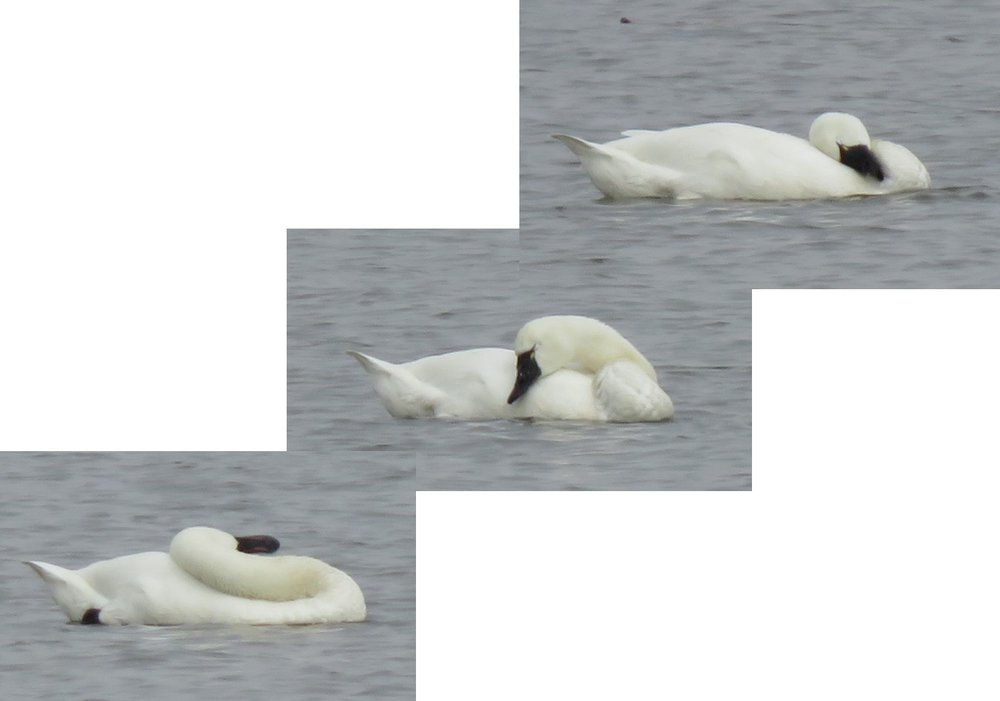Staunton River Star Party Hikes
/ My husband was the one staying up late viewing (and photographing) the skies --- utilizing all the equipment he brought to the star party. I went to bed at almost normal time and was ready to explore the park. We both enjoyed the warmth of the sleeping bags in the mornings. I missed the sunrise by an hour or more except for the last day (more on that in another post). We took two short hikes before lunch (last week – Tuesday and Wednesday). Both were through the woods with occasional glimpses of water (river and lake).
My husband was the one staying up late viewing (and photographing) the skies --- utilizing all the equipment he brought to the star party. I went to bed at almost normal time and was ready to explore the park. We both enjoyed the warmth of the sleeping bags in the mornings. I missed the sunrise by an hour or more except for the last day (more on that in another post). We took two short hikes before lunch (last week – Tuesday and Wednesday). Both were through the woods with occasional glimpses of water (river and lake).
I’m always pleased to find shelf fungus. Turkey tails are the most common. In the forest near Staunton River, most of them seemed dry and without very much color.
There was one cluster with leaves sprinkled on top…that looked more colorful on closer inspection.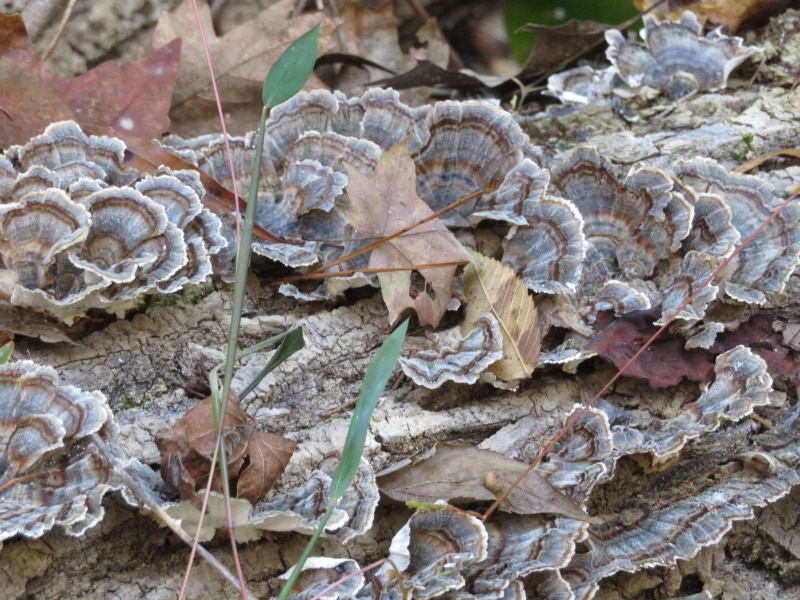

There were other shelf fungus that stood out because of their contrast with the other parts of the forest (this one a bright white)
Or their texture.
There was a group growing on a small branch in the middle of the path that it photographed from both directions. In the image from the front – note the lichen on the branch too – very curly.
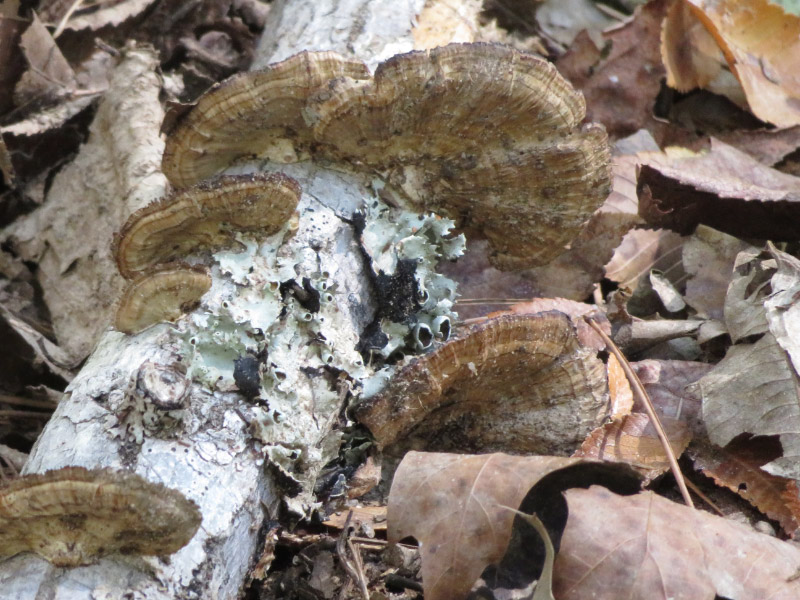
This was not the only instance of lichen that was curling off the bark surface.
I also started looking for contrasts on the forest floor – green moss and a yellow leaf,
Three leaves that were different colors and shapes,
A fern with a multi colored oak leaf, and
A red and yellow leaf in a patch of sunlight…and surrounded by browns (leaves and dirt).
On one of the hikes we took a side path to a lookout over the lake and saw seagulls in the distance. There is a shallow area where they find an easy time catching fish (see the gull in the lower right of the very last picture of this post)!